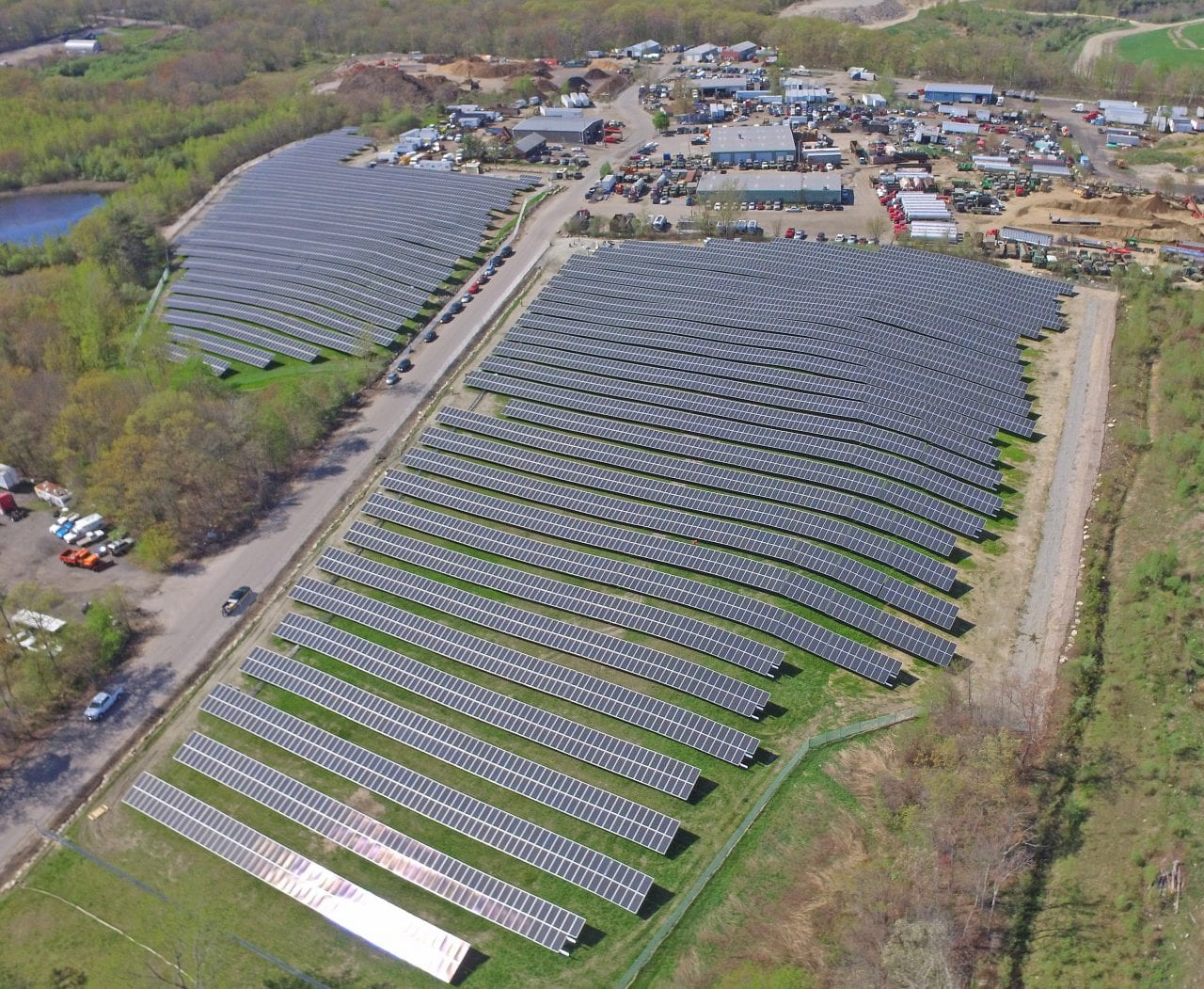
Renewable energy’s share of U.S. power generation continues to rise, and the percentage of electricity produced by burning natural gas and coal continues to fall, according to the latest “Short-Term Energy Outlook,” or STEO, from the U.S. Energy Information Administration (EIA).
The EIA on Jan. 18 said it expects U.S. power generation from renewables—mostly solar and wind, and not including hydropower—will grow to 17% of the nation’s total electricity output in 2023, up from 13% in 2021. The EIA forecasts the share of natural gas-fired power generation will fall to 34% by 2023, down from 37% this past year, with coal’s share declining to 22% next year, after producing 23% of the nation’s power in 2021.
Coal last year had its first year-over-year increase in U.S. power generation since 2014, as utilities burned more coal in the face of higher prices for natural gas.
The agency in the January edition of the STEO said, “one of the most significant shifts in the mix of U.S. electricity generation over the past 10 years” has been the rapid growth of renewables. The EIA said the amount of operating solar power generating capacity last year was 20 times more than the amount of renewable generation at the end of 2011. The agency said U.S. wind power capacity is more than double what it was a decade ago.
Renewables’ Remarkable Rise
The EIA in December of last year reported that renewable energy resources—including hydropower, solar, wind, biomass, and geothermal—generated a record 834 billion kWh of electricity in 2020, or about 21% of all U.S. electricity. Generation from renewables surpassed both nuclear power (790 kWh) and coal-fired generation for the first time on record, according to the agency, with only natural gas (1,617 billion kWh) producing more electricity than renewables in the U.S.
Ty Roberts, vice president of marketing, Networked Solutions at Itron, a company that helps businesses and communities better manage energy and water issues, recently told POWER that “renewable energy adoption will create new opportunities to safeguard the grid. As electrical utilities begin to make renewable energy a larger part of their overall energy mix/portfolio, they will begin to embed generation and storage capabilities closer to where the energy load is being managed to improve resiliency.”
Roberts said that “By ‘sectionalizing’ the grid in this way, [utilities] will be better able to address and isolate critical issues on a localized level [i.e. cyber-attacks, outages, etc.], allowing the broader network to continue operating. This, too, will drive increased adoption of distributed intelligence to enable real-time low voltage grid management capabilities.”
Coal’s Steady Decline
The EIA in Tuesday’s report noted the steady decline of coal-fired power generation since its peak in 2007, and the increased use of natural gas in the ensuing years, as prices for that fuel fell. As noted earlier, higher gas prices in 2021 reversed that trend, resulting in the first increase in coal-fired generation since 2014, though energy analysts have said that occurrence will be short-lived.
Tom Deitrich, CEO of Itron, told POWER, “Utilities will invest more heavily to adapt to market volatility” in 2022, with renewable energy part of investment. Said Deitrich, “Continued volatility stemming from the ongoing pandemic and market conditions will force utilities to invest in becoming more agile to respond to consumer demand. Climate change, natural disasters, renewable energy and electric vehicles have been the catalysts for this accelerated transition, with an eye towards maintaining service continuity, resiliency and reliability.”
More Solar, Wind on Tap
The EIA said it estimates the U.S. electric power sector had 63 GW of operating solar power generation capacity at the end of last year, and forecasts an additional 21 GW will come online this year, with another 25 GW added in 2023. The agency said it expects 7 GW of new wind power generation capacity will come online this year, joined by another 4 GW next year. The agency said its data showed 135 GW of operating wind power generation capacity in the U.S. at the end of 2021.
The EIA said it expects operating costs for renewable energy will continue “to be generally lower than natural gas-fired units,” and—not surprisingly—said areas with the largest increases in solar and wind generation also will experience the greatest declines in gas-fired power output. Roberts, though, said natural gas “will fight to demonstrate its viability as a clean energy source,” with growth in hydrogen production providing a market for gas providers.
“More countries and cities across the world will begin to cut access to natural gas hookups in order to meet new lower carbon/zero emission standards,” Roberts said. “In response, natural gas providers are incorporating hydrogen blending into their strategic plans and will work more closely with regulators to demonstrate their own efforts to become carbon-neutral to avoid a potential energy crisis.”
—Darrell Proctor is a senior associate editor for POWER (@POWERmagazine).
The post Renewables’ Share of U.S. Power Will Keep Upward Trajectory appeared first on POWER Magazine.